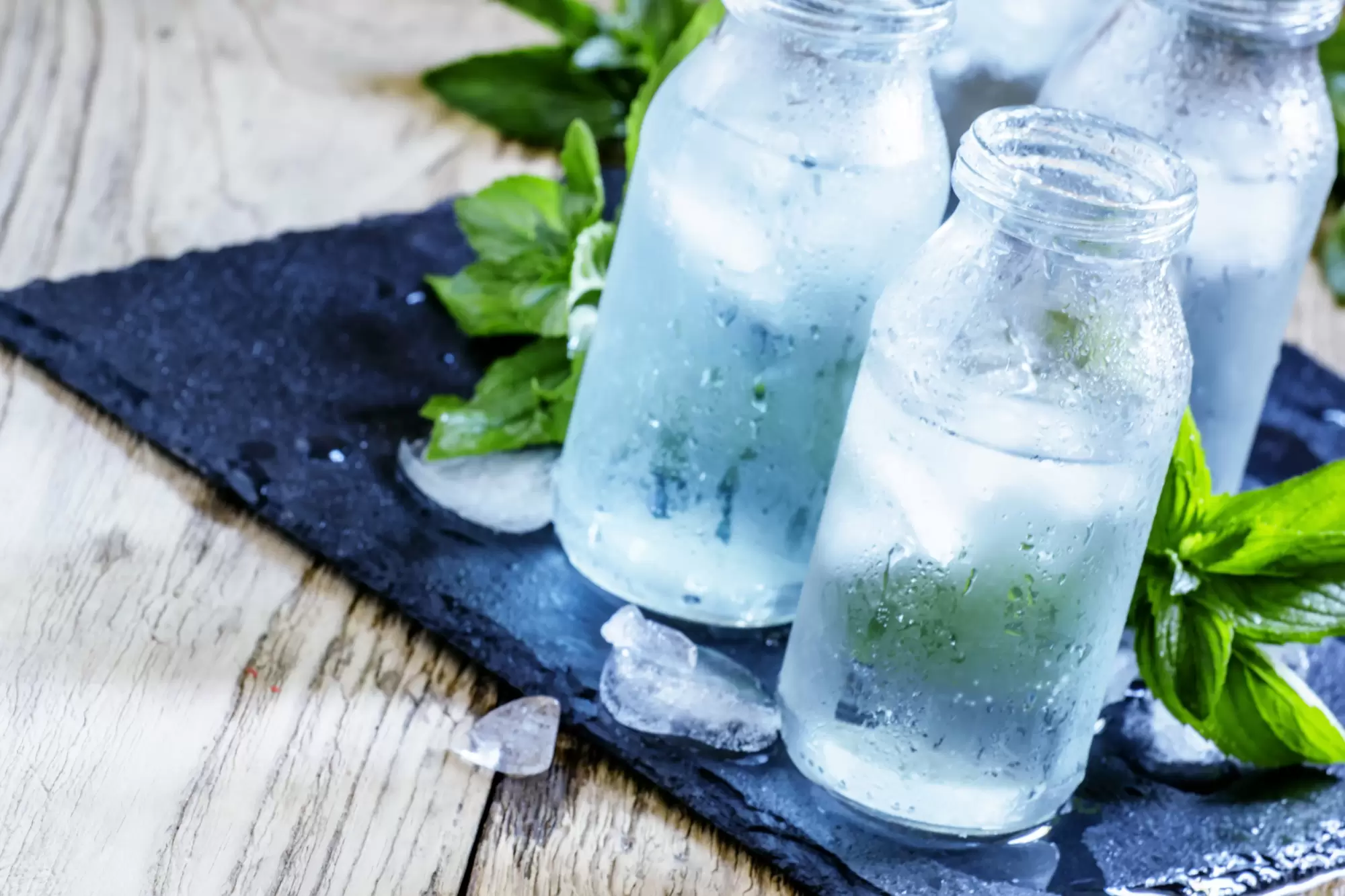

Very cold mineral water with ice in a misted glass bottles, dark background, selective focus
Did you know that more than half of Americans are worried about the quality of their drinking water?
Knowing how water filters work can make a big difference in the overall anxiety you might feel about the process, but where should you even begin? Whether you’re looking for a filter of your own, or you’re just curious about the process, our guide can help you learn more.
Read on to learn everything you need to know about the water filtration process.
There are two different kinds of filtration: physical and chemical. Physical filtration means straining the water to help remove large impurities. Chemical filtration involves passing water through an active material that removes impurities chemically. Both are effective methods, but they require different processes.
From there, there are four main types of water filters that you can use to cleanse your water. Here’s how they work.
The most common household water filters use something called activated carbon granules, or charcoal. Charcoal comes with a large internal surface area, meaning plenty of nooks and crannies to attract and collect direct and other impurities from your water. It’s great for removing physical impurities, but it isn’t always effective against “hard” water that you might experience.
The process of commercial reverse osmosis involves forcing contaminated water through a membrane so water passes through, but contaminants remain. The process requires power to run, as you’re running the water through an electrically-powered pump.
Ion exchange filters are great for softening your water and helping to remove limescale. They work by splitting apart atoms of a contaminating substance to make ions. They then trap and release less troublesome ions of their own. Basically, they’re working to remove bad ions so they can be replaced with good ones.
That means less limescale and another buildup on your appliances and inside your home as a whole, which is a lot better for not only your home but also your body.
Distillation is arguably the simplest method of purification. All you have to do is boil it but then take it a step further. You boil your water, but then you capture the stream and cool it back into water inside a separate container.
Water boils at a lower temperature than some of its contaminants, so they get left behind during the process. Others, however, have a lower boiling temperature and cannot be completely taken away during the boiling process.
Now that you know a bit more about the water filtration process, are you ready to give up your bottles? When you adopt water purification, it makes a big impact on the environment and its well-being. It can also help you save time and money in the long run.
For more on the latest in home and lifestyle, check out the rest of our website.
Hey there! Ready to embark on a historical journey with Air India? Whether you're a…
In 2017, altcoins were seen as experimental side projects to Bitcoin. By 2021, they became…
Shopping centers in Las Vegas have a unique opportunity to stand out by offering not…
Levitra, a widely recognized medication for treating erectile dysfunction (ED), has proven to be a…
Have you ever looked down at your carpet and wondered if there’s a budget-friendly way…
Counter-Strike 2 (CS2) has elevated the thrill of case openings, captivating both seasoned CS:GO veterans…